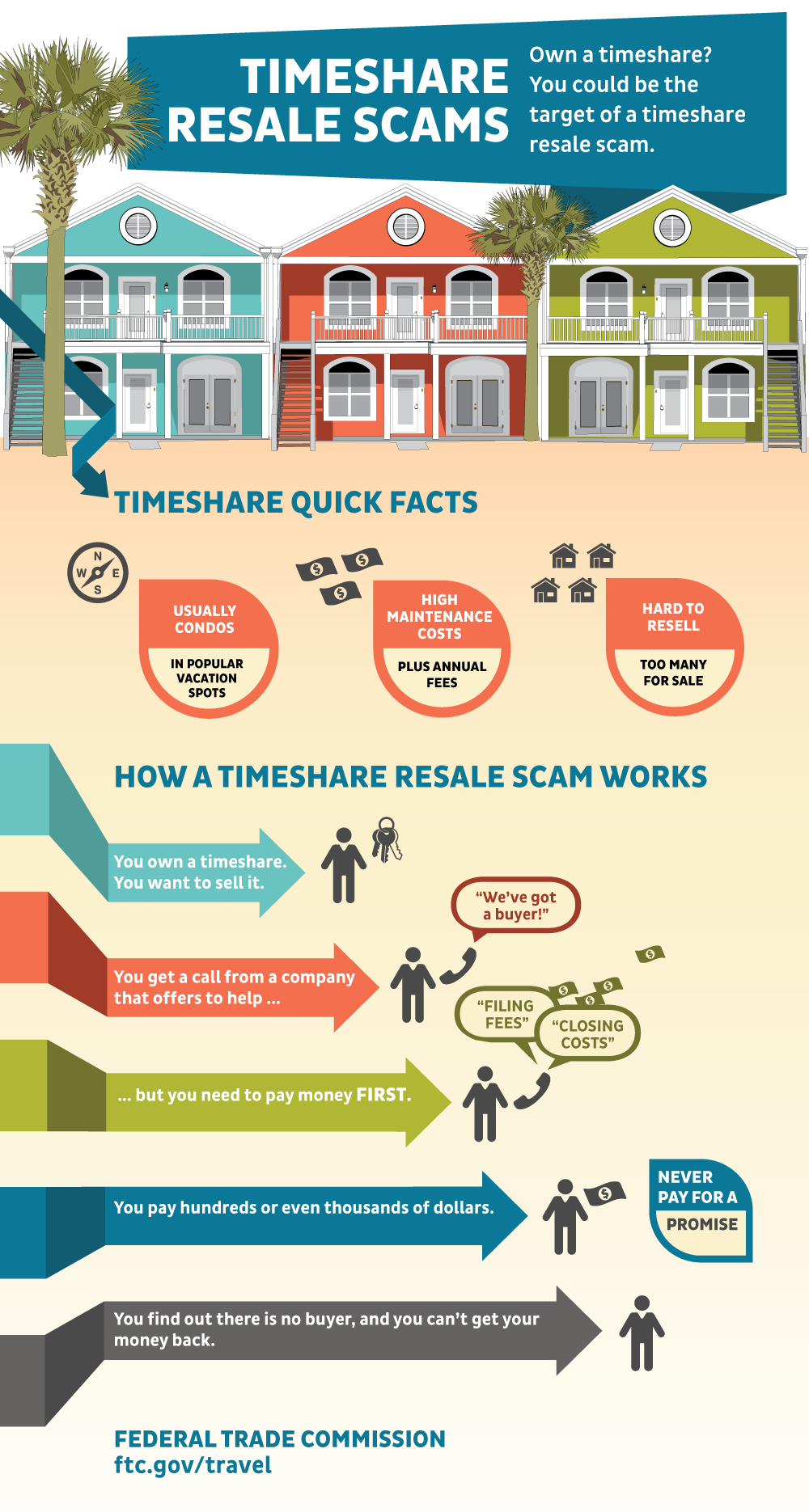The house is utilized as "collateral." That indicates if you break the guarantee to repay at the terms established on your home loan note, the bank has the right to foreclose on your property. Your loan does not become a mortgage till it is connected as a lien to your house, suggesting your ownership of the house becomes subject to you paying your brand-new loan on time at the terms you concurred to.
The promissory note, or "note" as it is more frequently labeled, describes how you will pay back the loan, with details including the: Rate of interest Loan amount Term of the loan (30 years or 15 years are typical examples) When the loan is considered late What the principal and interest payment is.
The mortgage essentially offers the lending institution the right to take ownership of the residential or commercial property and sell it if you don't make payments at the terms you consented to on the note. Most mortgages are arrangements in between two celebrations you and the lender. In some states, a third person, called a trustee, may be added to your mortgage through a document called a deed of trust.
PITI is an acronym lending institutions use to describe the different components that comprise your monthly home loan payment. It represents Principal, Interest, Taxes and Insurance coverage. In the early years of your home loan, interest makes up a higher part of your total payment, however as time goes on, you start paying more primary than interest until the loan is paid off.
This schedule will show you how your loan balance drops over time, in addition to how much principal you're paying versus interest. Property buyers have several choices when it comes to picking a home loan, however these options tend to fall into the following three headings. Among your very first decisions is whether you desire a fixed- or adjustable-rate loan.
In a fixed-rate mortgage, the rates of interest is set when you get the loan and will not alter over the life of the mortgage. Fixed-rate mortgages offer stability in your home mortgage payments. In an adjustable-rate home mortgage, the rate of interest you pay is connected to an index and a margin.

The index is a procedure of worldwide interest rates. The most typically used are the one-year-constant-maturity Treasury securities, the Cost of Funds Index (COFI), and the London Interbank Deal Rate (LIBOR). These indexes comprise the variable part of your ARM, and can increase or reduce depending upon factors such as how the economy is doing, and whether the Federal Reserve is increasing or reducing rates.

After your preliminary fixed rate period ends, the lending institution will take the current index and the margin to https://simondmfy091.shutterfly.com/32 determine your new interest rate. The amount will alter based on the change period you chose with your adjustable rate. with a 5/1 ARM, for example, the 5 represents the variety of years your initial rate is repaired and won't alter, while the 1 represents how typically your rate can adjust after the fixed period is over so every year after the fifth year, your rate can change based on what the index rate is plus the margin.
That can indicate significantly lower payments in the early years of your loan. However, remember that your scenario could alter before the rate change. If rate of interest rise, the worth of your residential or commercial property falls or your monetary condition modifications, you may not have the ability to offer the house, and you may have trouble paying based on a greater rates of interest.
While the 30-year loan is typically selected because it offers the lowest monthly payment, there are terms varying from 10 years to even 40 years. Rates on 30-year home mortgages are greater than shorter term loans like 15-year loans. Over the life of a much shorter term loan like a 15-year or 10-year loan, you'll pay significantly less interest.
You'll also need to choose whether you want a government-backed or standard loan. These loans are insured by the federal government. FHA loans are facilitated by the Department of Real Estate and Urban Advancement (HUD). They're designed to assist first-time homebuyers and people with low incomes or little savings afford a house.
The disadvantage of FHA loans is that they need an in advance home mortgage insurance coverage cost and regular monthly mortgage insurance payments for all purchasers, regardless of your down payment. And, unlike standard loans, the mortgage insurance can not be canceled, unless you made at least a 10% down payment when you secured the original FHA mortgage.
HUD has a searchable database where you can find lending institutions in your location that offer FHA loans. The U.S. Department of Veterans Affairs uses a mortgage program for military service members and their families. The advantage of VA loans is that they might not need a deposit or home mortgage insurance.
The United States Department of Farming (USDA) Additional reading supplies a loan program for property buyers in rural locations who meet particular earnings requirements. Their property eligibility map can provide you a general concept of qualified places. USDA loans do not need a deposit or ongoing mortgage insurance, however debtors need to pay an upfront cost, which presently stands at 1% of the purchase price; that fee can be financed with the home loan.
A standard home loan is a home mortgage that isn't ensured or insured by the federal government and complies with the loan limitations stated by Fannie Mae and Freddie Mac. For borrowers with greater credit ratings and steady income, traditional loans often result in the most affordable month-to-month payments. Typically, standard loans have required bigger deposits than a lot of federally backed loans, but the Fannie Mae HomeReady and Freddie Mac HomePossible loan programs now offer customers a 3% down choice which is lower than the 3.5% minimum needed by FHA loans.
Fannie Mae and Freddie Mac are federal government sponsored business (GSEs) that purchase and sell mortgage-backed securities. Conforming loans fulfill GSE underwriting standards and fall within their optimum loan limits. For a single-family house, the loan limit is currently $484,350 for the majority of homes in the adjoining states, the District of Columbia and Puerto Rico, and $726,525 for homes in greater expense locations, like Alaska, Hawaii and numerous U.S.
You can search for your county's limitations here. Jumbo loans might likewise be referred to as nonconforming loans. Basically, jumbo loans surpass the loan limitations developed by Fannie Mae and Freddie Mac. Due to their size, jumbo loans represent a greater threat for the lending institution, so debtors need to normally have strong credit scores and make bigger deposits.